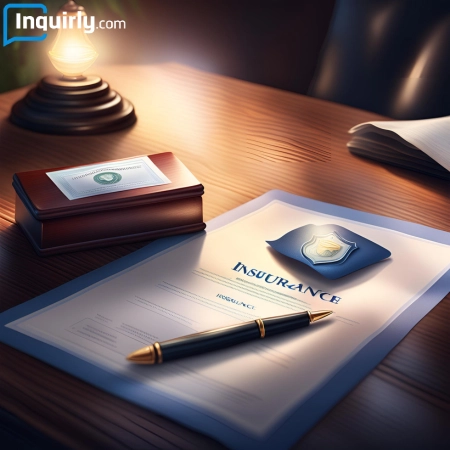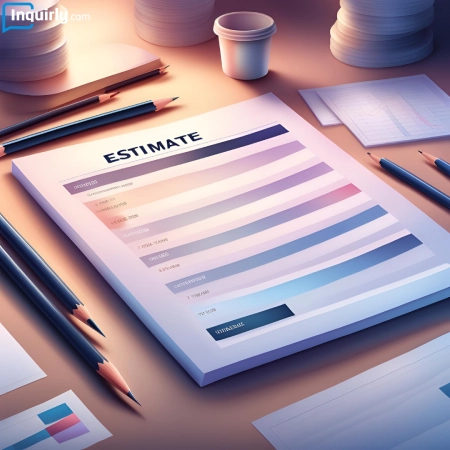The water damage restoration industry is crucial in mitigating damages caused by flooding, plumbing failures, or leaks, which continue to affect residential and commercial properties. The demand for water damage restoration services has risen, driven by factors like aging infrastructure and climate change. By 2025, the water damage restoration market is expected to expand significantly, reflecting its growing importance in the broader property restoration sector.
Understanding current and future trends in the water damage restoration industry is necessary for both businesses and consumers. For businesses, staying relevant to market forecasts helps optimize services, invest in technology, and anticipate customer demands.
For homeowners and property managers, being informed allows for better planning and the proactive prevention of water-related disasters, which on the other hand, reduces long-term repair costs. Water damage remains one of the leading causes of property damage, with increasing claims, making it essential to understand both risks and solutions.
Water Damage Industry Forecast for 2025
Market Size
The global water damage restoration market is set to reach $11.14 billion by 2025. This growth is driven by increasing natural disasters like floods and storms, aging infrastructure, and rising demand for restoration services in urban areas. Homes and businesses in flood-prone regions are particularly at risk, fueling the demand for restoration services.
Technological Advancements
By 2025, the use of advanced technologies such as AI-driven damage assessment tools, drones for surveying, and virtual reality (VR) for customer engagement will become more common in water damage restoration. These tools help companies assess damage faster and with more accuracy, providing better service while reducing costs.
Insurance Trends and Mold Remediation
Water damage continues to be one of the top causes for homeowner insurance claims, with 1 in 50 American homeowners expected to file a water damage-related claim each year. Additionally, as awareness about the health risks of mold grows, mold remediation services, which are often needed after water damage, are expected to expand. This will increase the demand for specialized services like mold removal and prevention.
Sustainability and Eco-friendly Practices
There will be a significant push toward sustainable and eco-friendly restoration techniques by 2025. Many restoration companies are already shifting toward green materials and methods, such as using non-toxic cleaning agents and minimizing waste during repairs. This trend is expected to grow, driven by consumer preferences and regulatory changes focused on environmental sustainability
Increased Urbanisation
As cities grow, their infrastructure, such as water pipelines, drainage systems, and sewage networks, becomes overburdened. This is because the rapid expansion of urban areas often outpaces the development or maintenance of critical systems. With more people living in cities, the strain on older infrastructure increases, making it more vulnerable to damage. This can lead to issues like pipe bursts, water leaks, and flooding, which require immediate restoration services.
Growing Focus on Preventive Measures in Water Damage Restoration
By 2025, the water damage restoration industry will see an increasing focus on prevention rather than just repair. More businesses and homeowners are expected to invest in preventive measures like leak detection systems, better waterproofing, and flood barriers. Many restoration companies are starting to offer these services to help stop water damage before it happens. This proactive approach is becoming more popular, especially in areas at high risk for flooding or with older infrastructure. Offering preventive services alongside traditional repairs will help companies build stronger, long-term relationships with their customers while creating new business opportunities.
What to Consider
When planning for 2025, businesses in the water damage restoration industry should take into account:
- Climate Change: More frequent extreme weather events will lead to higher demand for quick and effective water damage services.
- Sustainability: Consumers and governments are increasingly prioritizing eco-friendly practices. Companies that adopt green technologies and sustainable methods will likely gain a competitive edge
- Insurance: Businesses should stay informed on insurance trends as more policies are integrating water damage coverage, and faster claim processing is becoming a priority
- Technology: Investing in the latest tools for assessing and repairing water damage, such as AI-based systems, will improve response times and customer satisfaction.
Q&A
Q: How can companies integrate eco-friendly practices into restoration services?
A: Restoration companies can adopt biodegradable cleaners, use water-saving technologies, and prioritize recycling materials. Sustainable sourcing and training staff on green practices will also reduce environmental impact
Q: How can businesses differentiate themselves in a competitive water damage restoration market?
A: As competition increases, companies will need to differentiate through specialized services like eco-friendly restoration, quicker response times, and innovative technologies (e.g., drone inspections, AI assessments).
Q: What are the key regional differences in water damage risks?
A: Different regions face varying water damage risks due to climate and infrastructure. Coastal areas are more vulnerable to flooding and hurricanes, while urban centers with old systems often see pipe bursts and sewage backups. Inland regions may experience river flooding, and colder areas are prone to frozen pipes in winter. High-risk regions focus on prevention, while others emphasize quick-response services.
Conclusion
As the water damage restoration industry moves toward 2025, it is clear that the sector is evolving in response to both new challenges and opportunities. Beyond just repairing damage, companies are embracing innovation, eco-friendly practices, and collaborations to stay competitive. Consumer expectations are changing, and sustainability is becoming more important. The integration of advanced technologies is driving transformation in the industry. Businesses that adapt quickly and focus on preventive solutions will stand out. Maintaining flexibility in this rapidly evolving market will be key to success in the coming years.



